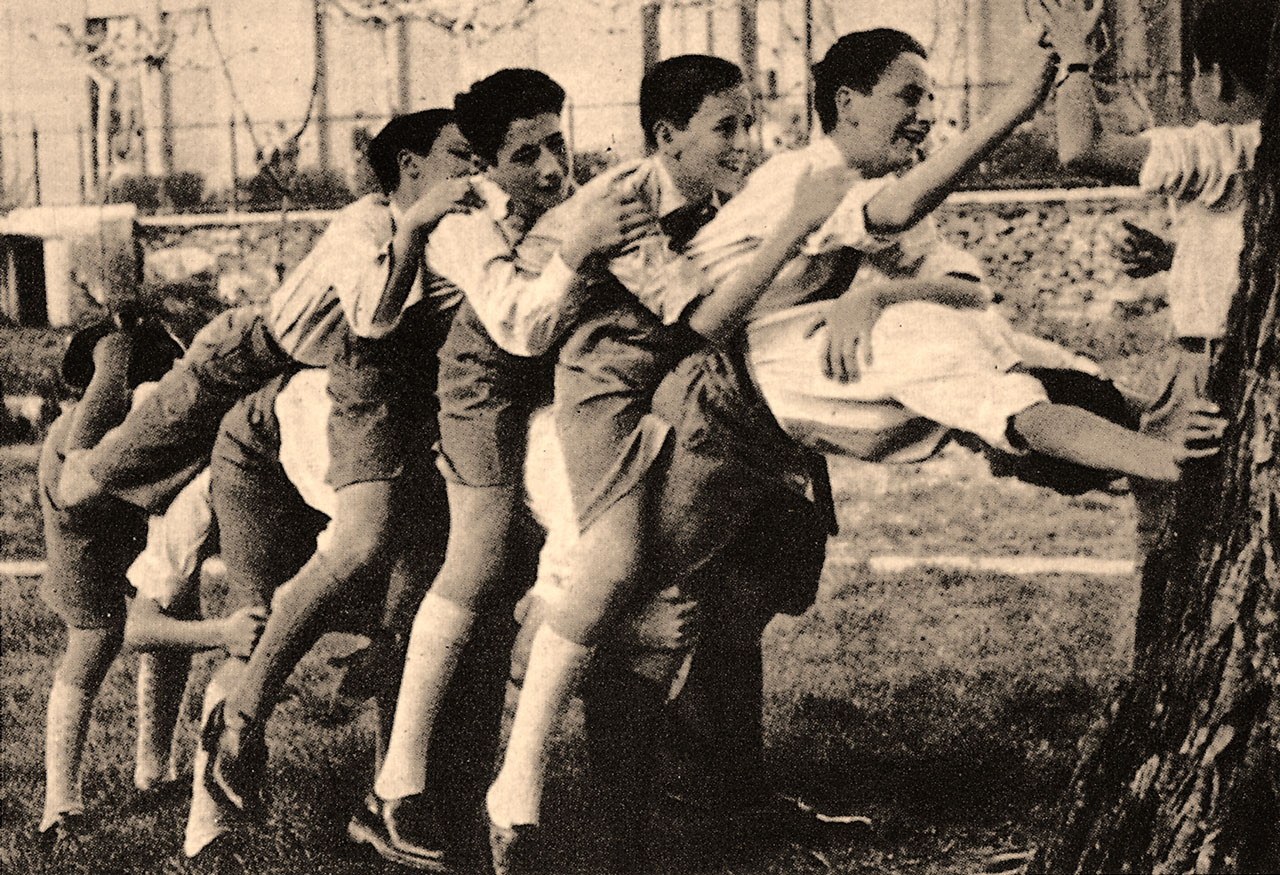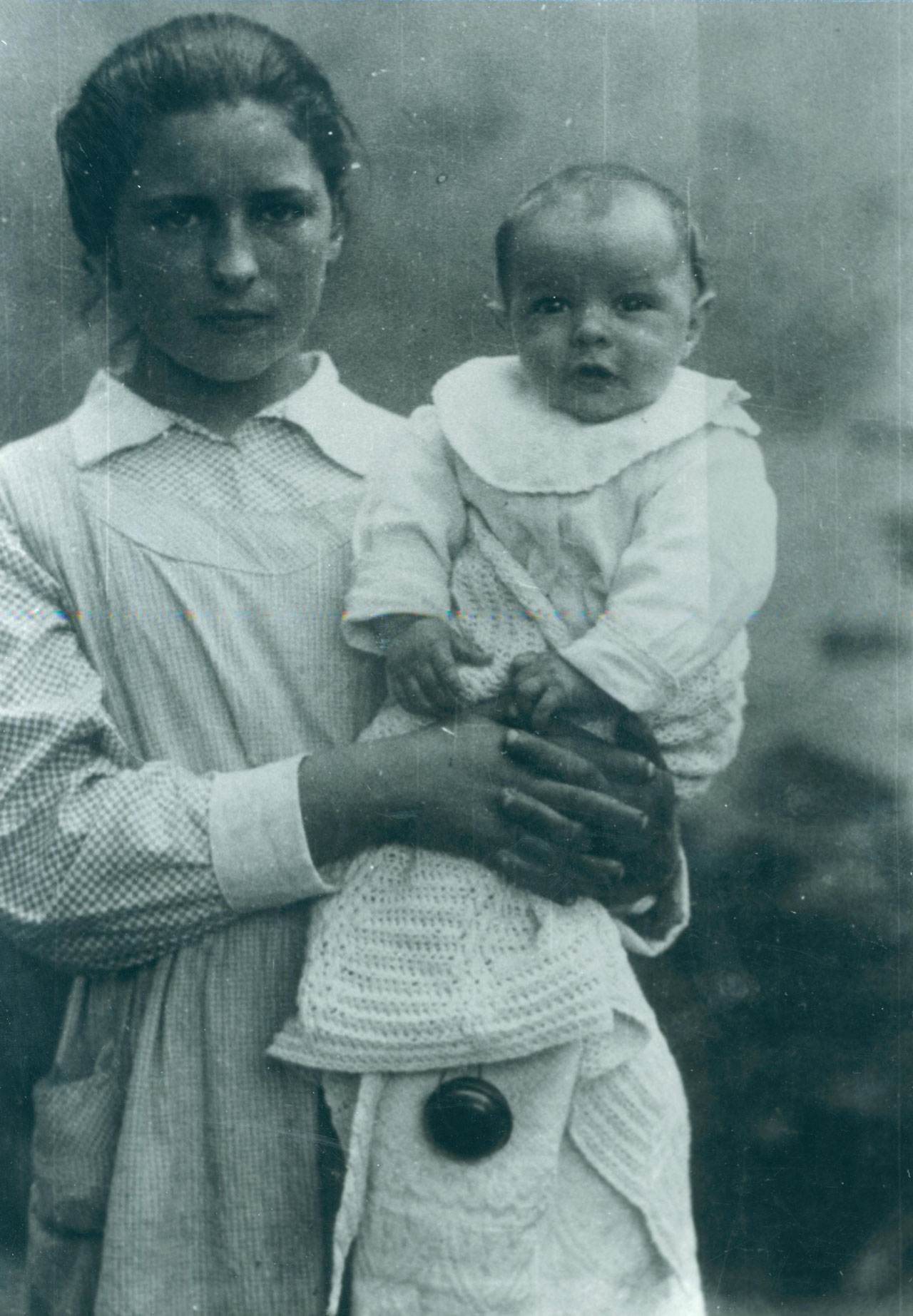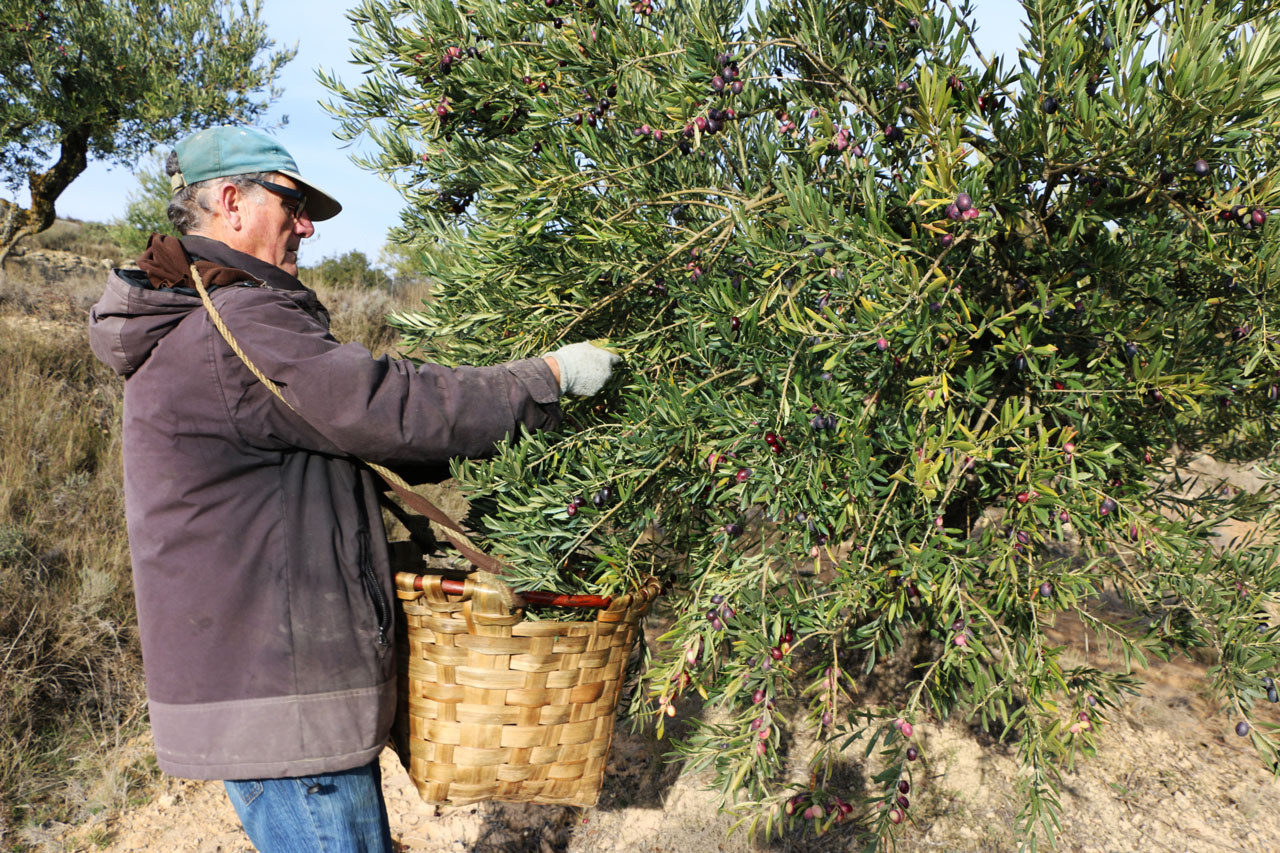Ethnographic Atlas of the Basque Country
De Atlas Etnográfico de Vasconia
Revisión del 16:53 11 mar 2020 de Admin (discusión | contribuciones) (Página creada con «====[/atlas/agricultura/Siega-de-trigo-Gesaltza-1950.jpg|Wheat harvest. Gesaltza (G), c. 1950. Source: Municipal Archive of Vitoria-Gasteiz: Enrique Guinea Collection.|Sats...»)
Old and young husband and wife. Areatza (B), beginning of the 20th century. Source: Rubén de Las Hayas’ private archive.
House and Family in the Basque Country


House and Family in the Basque Country
The aim was to ensure that the family wealth, taken to be the farmstead and its belongings, would be passed on in full or only slightly diminished, and improved if possible, from parents to their offspring.
Family Diet in the Basque Country


Family Diet in the Basque Country
Gabon, bon-bon; Natibitate, ase eta bete; San Estebantxe, lehen letxe. Eat heartily on Christmas Eve; until you feel full at Christmas; and back to normal on St Stephen’s Day.
Leapfrog jumping. Source: Iñigo Irigoyen, José. Folklore Alavés. Vitoria-Gasteiz: Chartered Government of Álava, 1949.
Children’s Games in the Basque Country


Children’s Games in the Basque Country
Astoka One or more participants bend down in a position that is usually called a frog and the others jump over them.
Traditional Medicine in the Basque Country


Traditional Medicine in the Basque Country
Zantiratu, zan urrutu, zana bere lekuan sartu.Spell against sprains
Nursemaid. Zeanuri (B), 1924. Source: Labayru Fundazioa Photograhic Archive: Felipe Manterola Collection.
Rites from Birth to Marriage in the Basque Country


Rites from Birth to Marriage in the Basque Country
Until the mid-twentieth century women gave birth at home with the help of a midwife and women relatives and neighbours. Giving birth was almost exclusively a female domestic occasion exclusively concerning females.
Funeral Rites in the Basque Country


Funeral Rites in the Basque Country
Each homestead used to have a burial site inside the church’s nave. When burials were transferred to cemeteries, the once real burial site in church became a symbolic family grave, were offerings of light and bread were made to their dead.
Dolmen of Gaxteenia. Mendibe (NB), 1980. Source: Blot, Jacques. Artzainak. Les bergers basques. Los pastores vascos. Donostia: Elkar, 1984.
Livestock Farming and Shepherding in the Basque Country


Livestock Farming and Shepherding in the Basque Country
“The axial zone of the Basque Pyrenees retains underneath a maze of folds traits of a time-honoured culture.” J. M. Barandiaran
Agriculture in the Basque Country


Agriculture in the Basque Country
Uzta garaian lokartzen, miserian iratzartzen. Anyone who sleeps at harvest time wakes up destitute.








